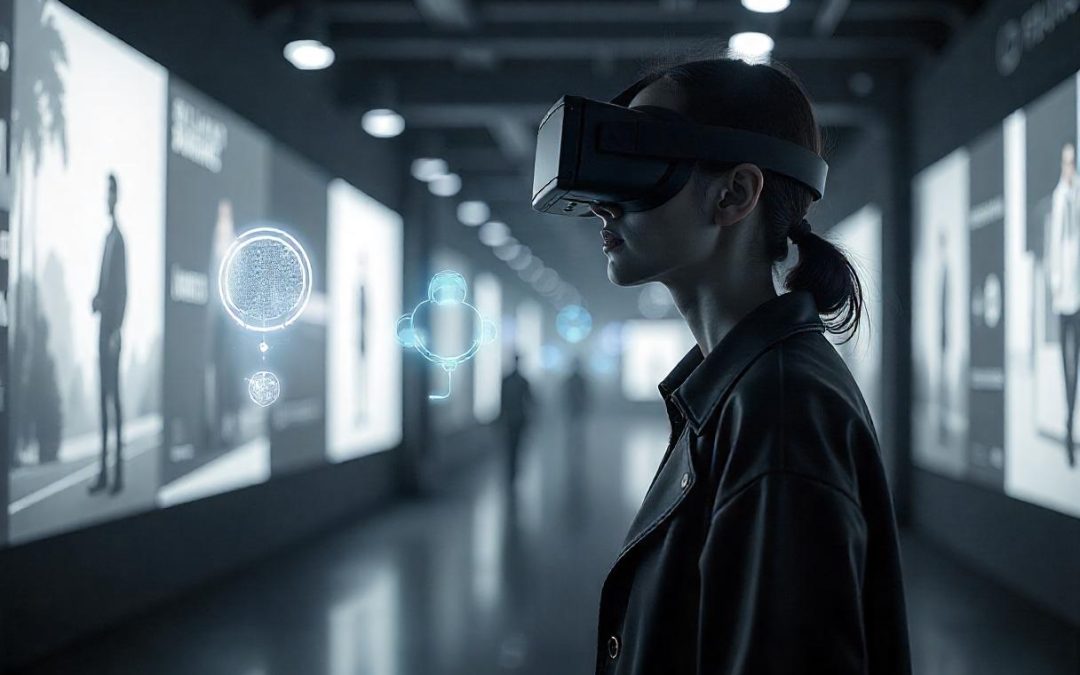Virtual Reality (VR) advertising heralded a new era of interactive marketing, but it has yet to catch on at the mainstream level. Though the technology holds promise, various reasons keep it from widespread adoption.
One such impediment is the small audience. VR headsets, particularly premium ones, are still costly and need high-end hardware, thus making them less accessible than computers or smartphones. Advertisers like to advertise on platforms that have a large user base, and VR’s niche popularity constrains its market. Moreover, production of VR advertisements is expensive. Unlike regular digital advertisements, VR advertisements need custom production with 360-degree video, interactive components, and 3D modeling. The considerable investment discourages most brands, particularly when it is unclear that they will attract engagement.
The other concern is disruption to the user experience. VR is supposed to be immersive, and most ad formats will feel invasive in that environment. Finding the balance between engaging content and ad without disrupting immersion is still an ongoing issue. In addition, non-standardization in VR advertising also makes things harder. In social media or display advertising, there are standardized ad formats that brands can leverage when scaling across different platforms. There is no such standardization in VR advertising.
Another issue is measuring the success of VR ads. As opposed to other digital ads, where clicks and impressions offer unambiguous measurements, VR has no accurate analytics to measure ROI. Without defined performance metrics, advertisers are slow to invest in them.
While VR advertising remains flailing, the scene could change as VR technology becomes cheaper and more popular. Brands that are willing to test out smooth, immersive ad experiences may one day unlock its full potential.
#VRAdvertising #VirtualReality #MarketingTrends #AdTech #DigitalMarketing

